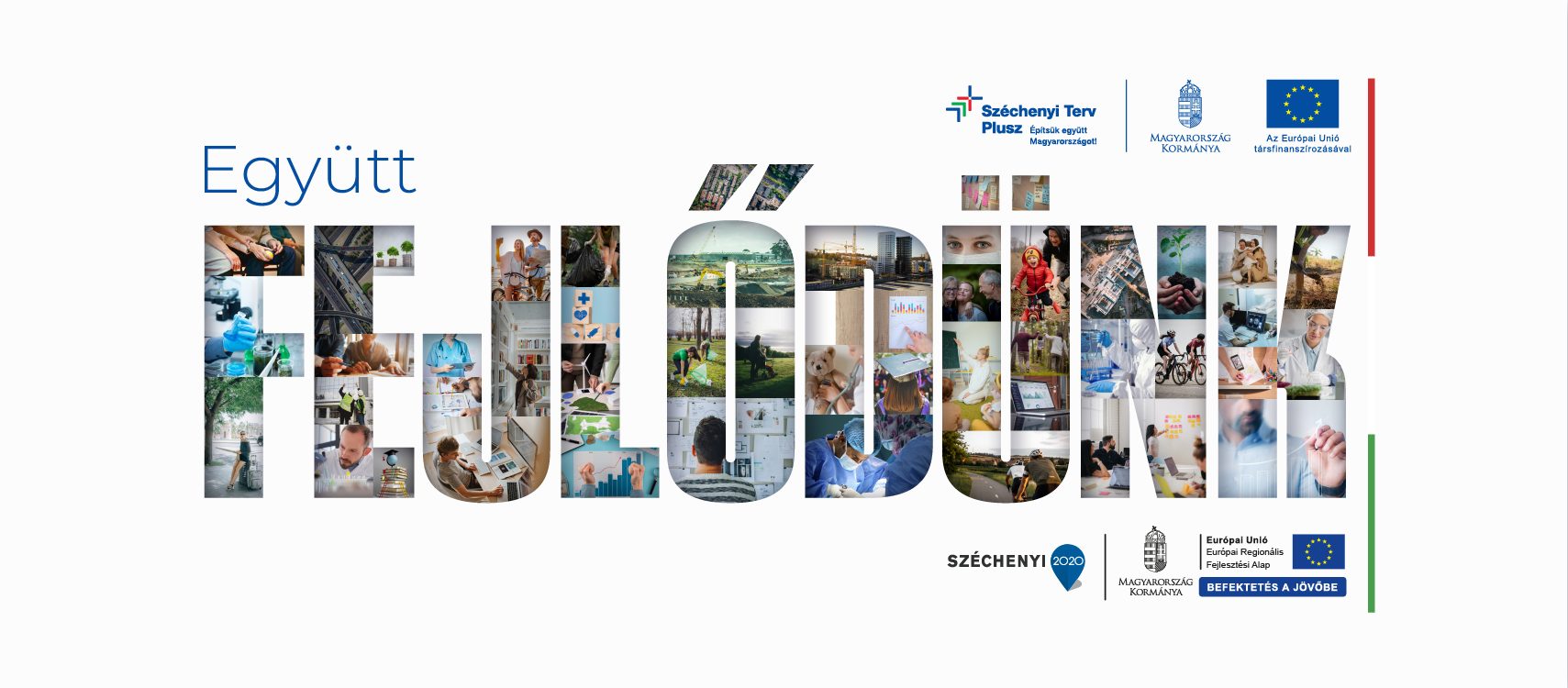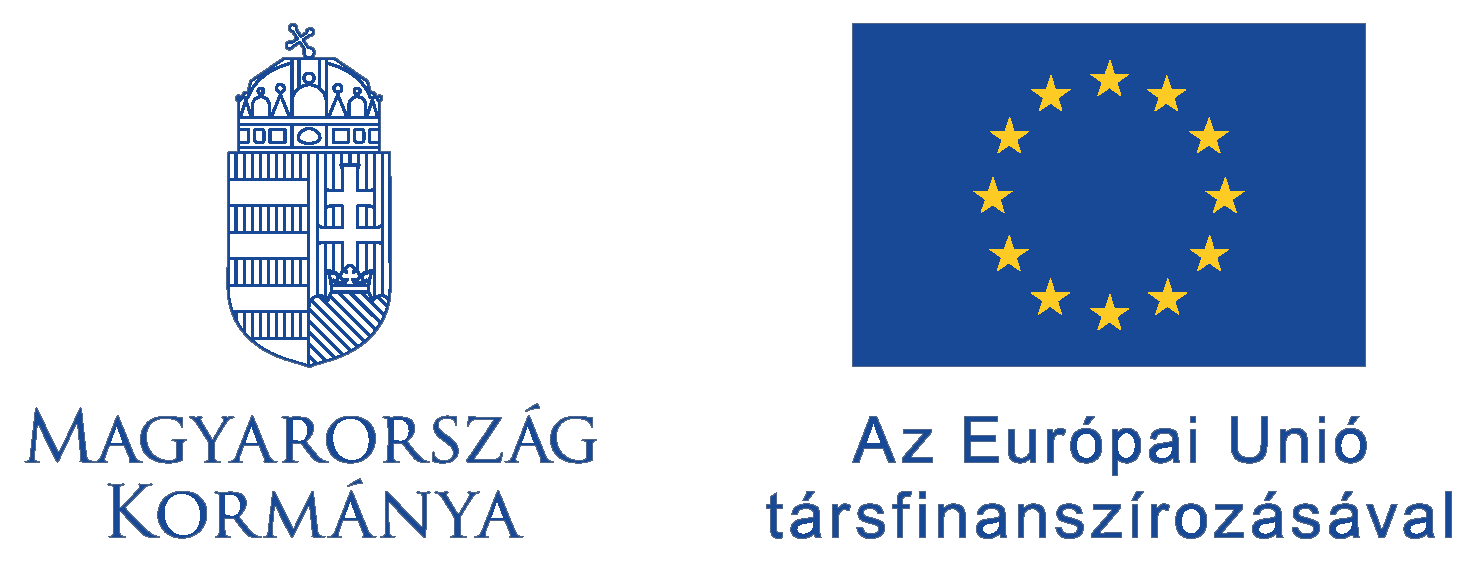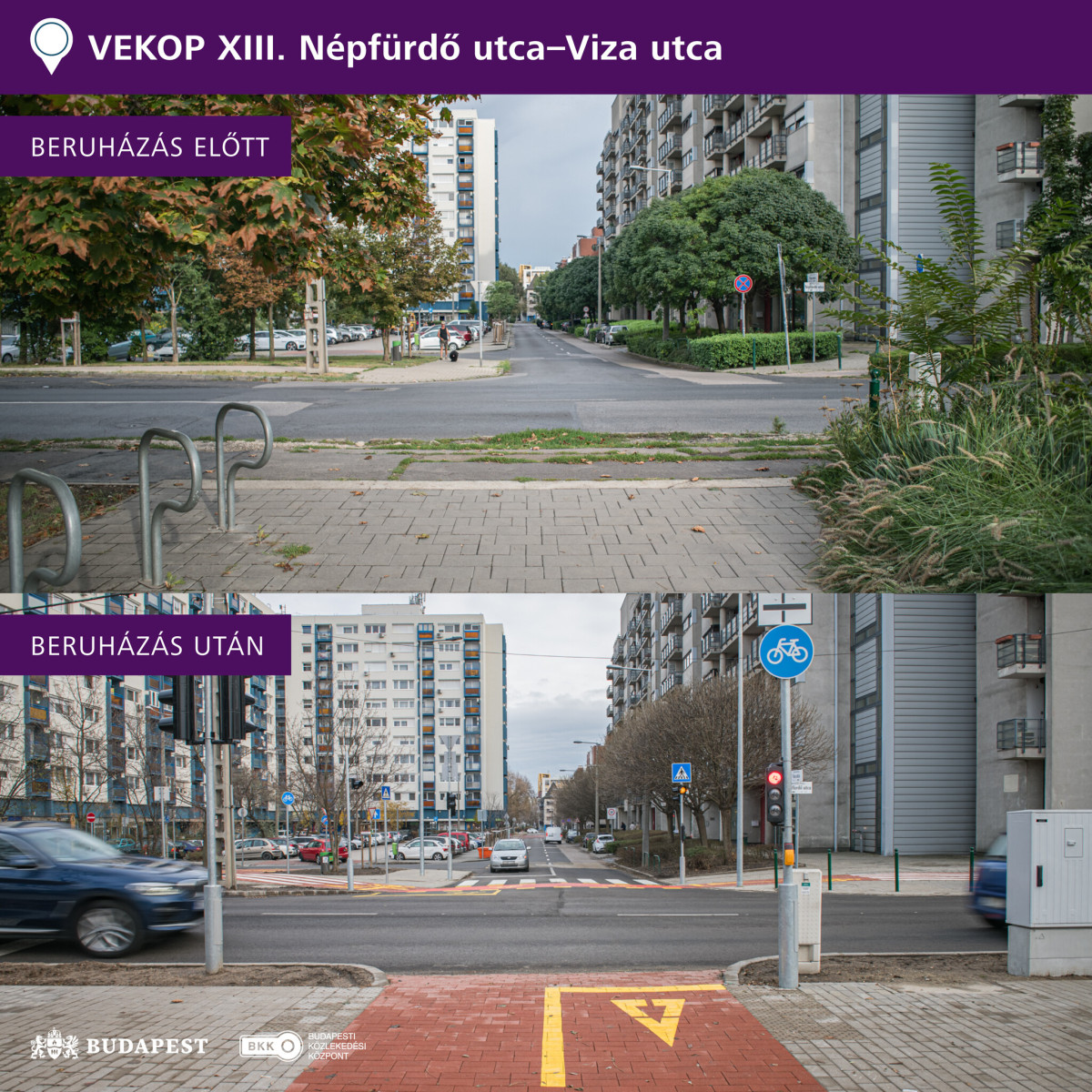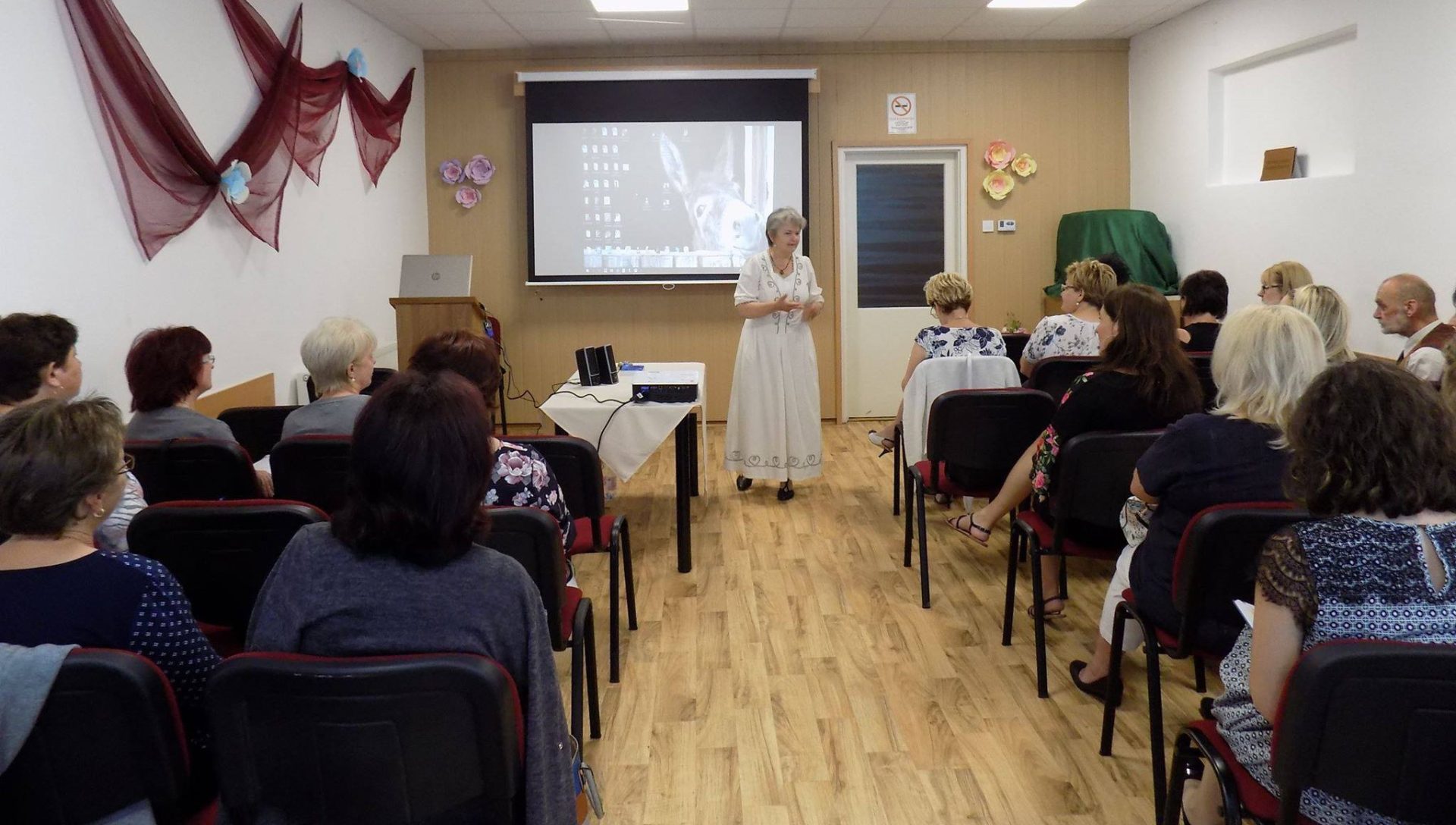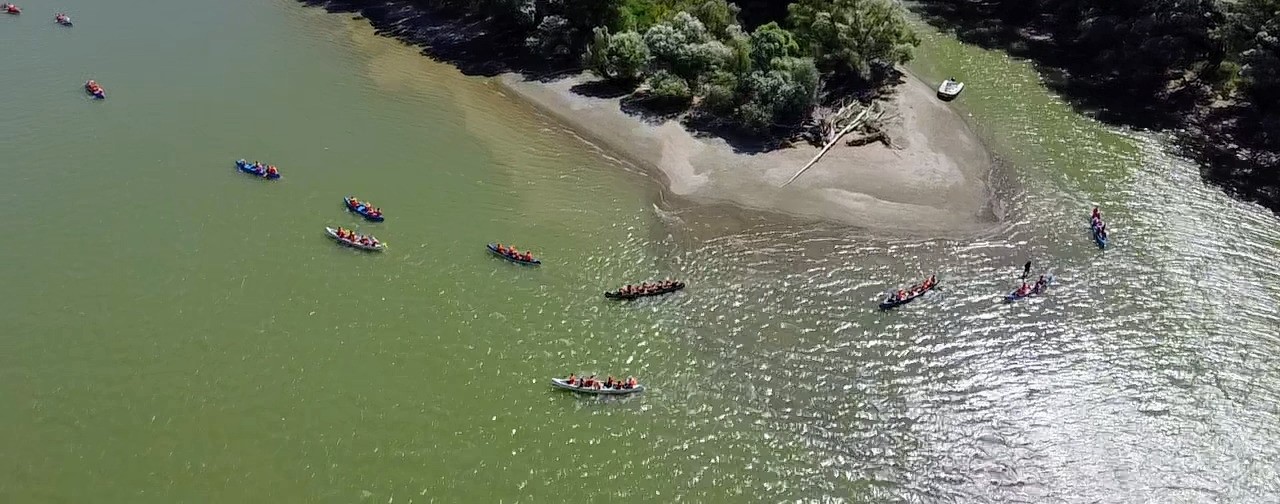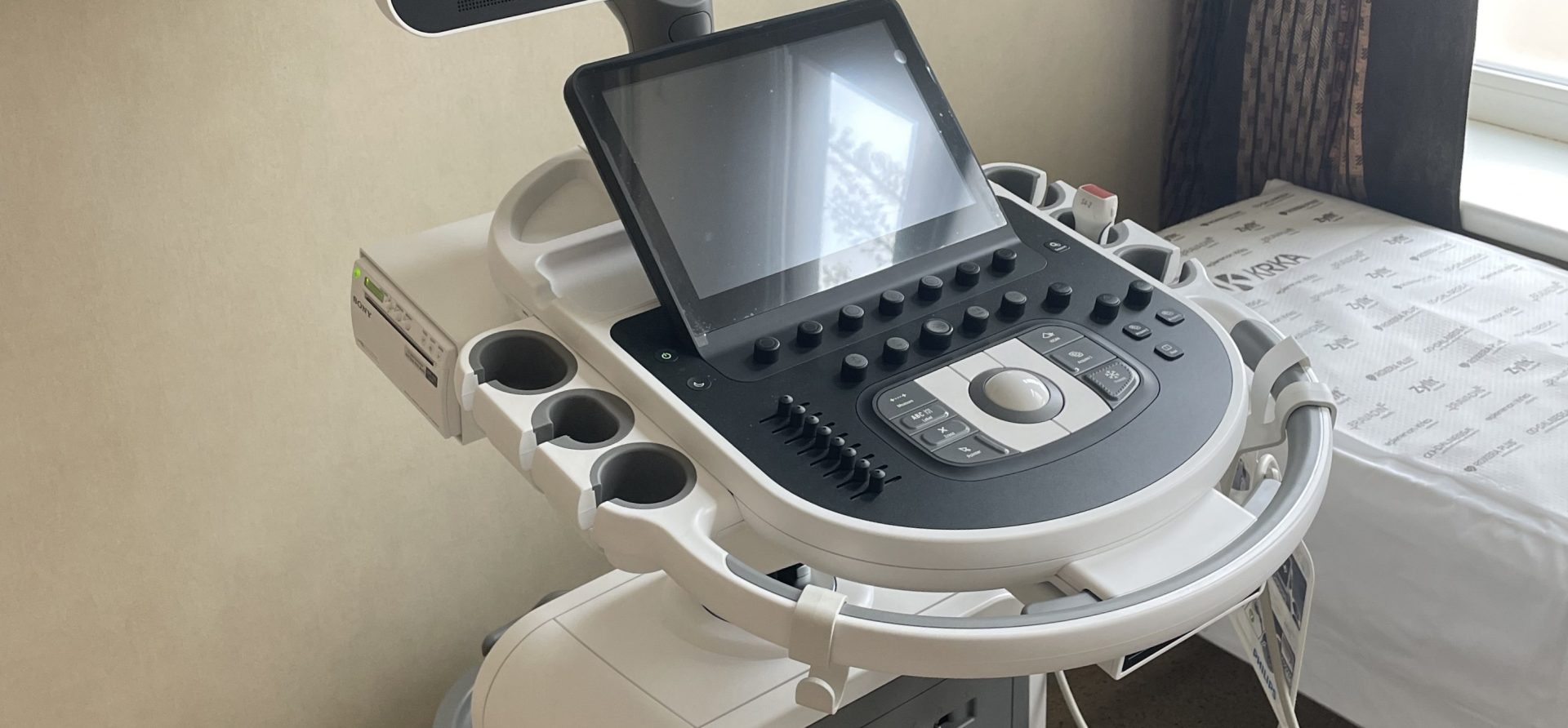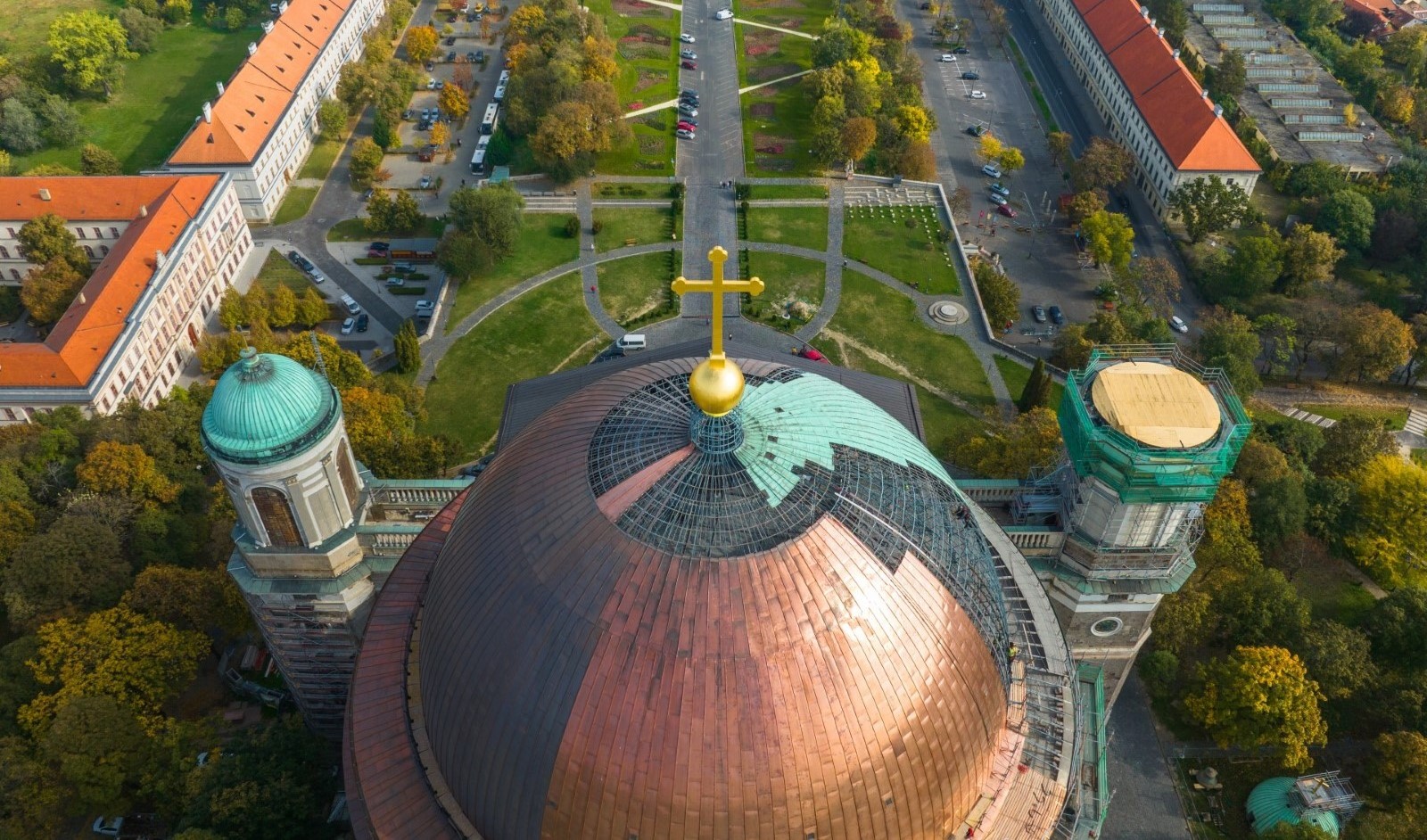Sustainability is increasingly shaping the future of transport in Budapest. With support from the European Union, the city government and the Budapest Transport Center have been working together to encourage more people to choose walking, cycling, and public transport for their everyday journeys.
These improvements aren’t just for “cyclists” or “pedestrians” – they’re for everyone living in Budapest. After all, city residents might drive one day, cycle the next, and walk the day after. The shared goal is to create a safer, more livable transport environment for all. When more people cycle, there are fewer cars on the roads, reducing congestion and making travel easier and safer for everyone – including bus riders and pedestrians.
The project, supported by the Competitive Central Hungary Operational Programme, aimed to make urban transport more energy-efficient, safer, and more enjoyable. Priorities included creating continuous transport links, improving travel conditions, and increasing the share of environmentally friendly travel options.
Most of the developments took place in Districts III and XIII, both well-suited for cycling. In District XIII, safer crossings and new cycling routes were introduced along Újpesti and Carl Lutz embankments, Váci Road, and the small streets of Újlipótváros. Special attention was given to allowing two-way cycling on one-way streets, calming traffic, and redesigning intersections for safety. On Váci Road’s service lanes, for example, a 30 km/h speed limit was introduced to support calmer, safer traffic.
In District III, major upgrades were made around Árpád Fejedelem Road and Flórián Square. New cycle lanes and connections were built to link local housing estates with the wider city network. These developments also play an important role in connecting to the EuroVelo international cycling route, boosting Budapest’s appeal as a cycling tourism destination. Thanks to new links at Szépvölgyi Road and Üstökös Street, northern Buda is now more closely tied to the riverside cycle path along the Danube.
Alongside network improvements, road safety was a key focus. Advanced stop lines for cyclists, new signage and road markings, barrier-free crossings, and upgraded public lighting all contribute to safer, more user-friendly streets.
The developments also fit into the city’s long-term vision. According to the Budapest Mobility Plan, by 2030 sustainable modes of transport should account for 80% of all travel, with cycling making up at least 10%. These investments bring the city closer to that target.
Beyond infrastructure, the project also emphasized changing attitudes. Initiatives such as “bike breakfasts,” school programs, public campaigns, and community events helped make cycling more attractive. For children, the “Bike School” and “Bike Academy” introduced traffic safety and basic bike maintenance – planting the idea that cycling is a natural part of everyday life.
The social benefits are clear: more cycling means lower emissions, less traffic, cleaner and quieter neighborhoods, and stronger community life. This project wasn’t just about serving a single group, but about improving life for all residents.
Budapest’s cycling developments are therefore more than just new road markings or construction projects – they represent a shared vision of a city where everyone can travel safely, quickly, and sustainably, whether by car, by bike, or on foot.
The development was implemented from EU funding in the project VEKOP-5.3.1.-15-2020-00017 under the Competitive Central Hungary Operational Programme.
Find out more about the project in the Project Finder:Details
